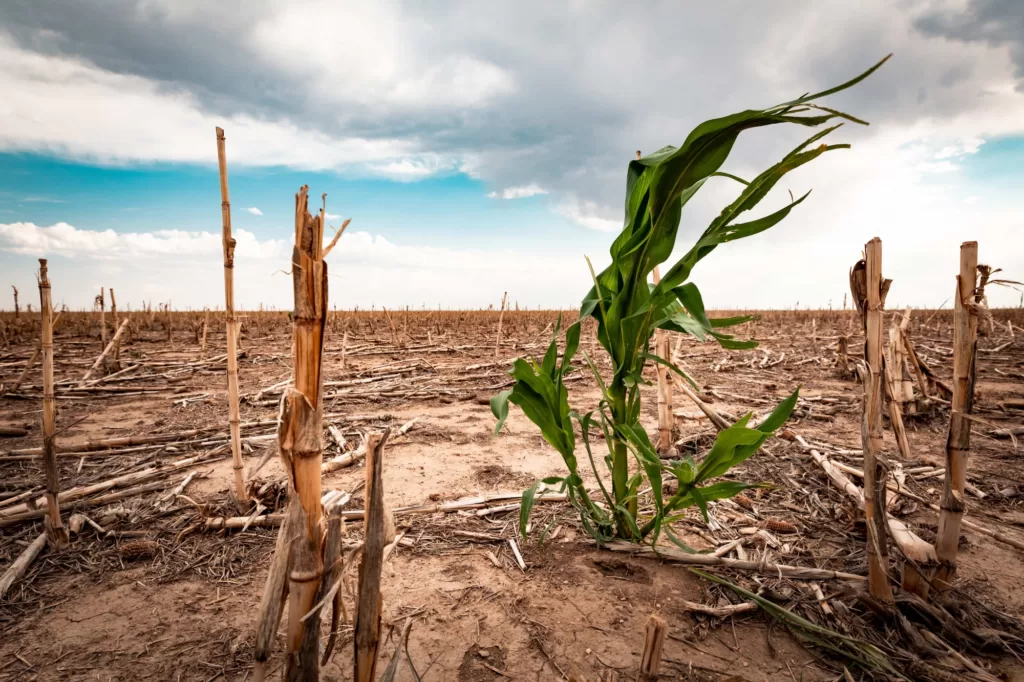Over the previous 40 years, Kansas and five other Great Plains states’ wheat yields were reduced by 4% due to the combined effects of unfavourable dry, hot, and windy climate patterns, according to research from Kansas State University published in the scholarly journal Nature Communications.
The study, according to agricultural climatology professor Xiaomao Lin, was the first to quantify a link between changes in the country’s climate and wheat production. It has been demonstrated that a negative climate risk exists in terms of yields when there are concurrently high temperatures, low relative humidity, and strong winds.
He claimed that on the American Great Plains, the frequency of hot-dry-windy events, or HDWs, which reduce yield, significantly increased. The study concentrated on the impact of an El Nino-like trend on wheat output in Nebraska, Colorado, Oklahoma, Texas, South Dakota, and Kansas from 1982 to 2020.
The most significant causes of the loss of winter wheat, according to Lin, were the HDW episodes. Temperature and precipitation are moving in opposite directions over the American Great Plains as a result of climate change. Regular droughts and increased agriculture are contributing to an increase in environmental issues including frequent dust storms. Heat waves are becoming increasingly often because of greenhouse gases.
A statistical model was created by university academics to analyse per-county winter wheat yields and data on the occurrences of hot, dry, and windy conditions throughout various plant growth stages, years, and places. Additionally, they considered advancements in crop breeding and field crop management.
Farmers attempting to comprehend how climate change would affect crop yields and whether those conditions were anticipated to worsen or occur more frequently would benefit from the research results from Kansas State University.
The agricultural climatologist Lin stated, “Future climate change dangers will depend on greenhouse gas emissions and routes that are implemented to mitigate them, such as using less fossil fuel and modifying climate-informed planting dates and cultivars.” “Climate-resilient agriculture practises must be developed,”
The Nature Communications article’s fourteen contributors set out to investigate whether Great Plains HDW factors had risen.
The U.S. winter wheat belt saw a string of hot, dry, and windy conditions, although the worst impacted regions were southwest Kansas and the panhandle regions of Oklahoma and Texas. According to the principal author of the paper, Haidong Zhao, a doctorate student in agronomy, this corresponded with regions where the Dust Bowl was significant in the 1930s.
The study is “a testament of complex, multi-disciplinary work our faculty are accomplishing to assist our farmers in understanding wicked climate patterns and challenges related to climate, and how they can prepare themselves and their operations to respond to such challenges,” according to Raj Khosla, head of Kansas State’s agronomy department.





